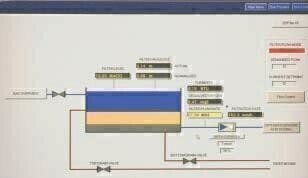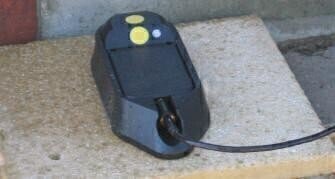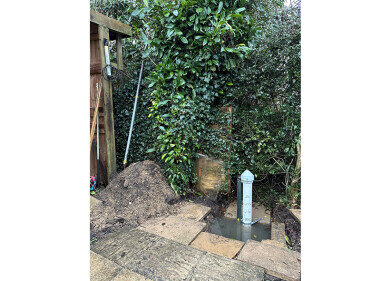Water/Wastewater
Flow Monitors Protect Slow-Sand Filters
Sep 13 2009
The costs that can result from unacceptable drinking water quality are potentially huge, so engineers at a major UK water treatment works have installed a pair of YSI SonTek doppler flow meters at the outlets to two slow sand filters and report a major improvement in purification control which has substantially reduced operational risk.
Water demand commonly fluctuates throughout the day, and in response to weather conditions, by as much as 30% and this can place considerable pressure on slow sand filters, so it is important that they are managed carefully.
Slow sand filters are commonly employed in the purification of surface water. They employ a biological filter in addition to the physical filter provided by the sand itself and as such require careful management in order to ensure that the biological layer, known as Schmutzdecke, is maintained in optimal condition. Failure to do so can result in the presence of bacteria and algae in the produced water.
If a filter is found to produce water of unacceptable quality, there can be serious repercussions. Firstly, the filter will be taken out of commission for at least 8 weeks. Secondly, this may result in fines by the Drinking Water Inspectorate and thirdly, a drop in drinking water production may mean that it becomes impossible to supply 100% of the distribution network, which in turn will result in compensation payments and the costs associated with the provision of an alternative supply.
Problems associated with slow sand filters usually relate to flow rates – low flow can result in reduced levels of dissolved oxygen that would affect the Schmutzdecke and high flow rates can result in excessive turbidity. The target is to establish a flow rate that is equivalent to a drop in water level in the filter of at least 2 inches per hour.
Conscious of the need to be able to measure flow continuously, engineers at the treatment plant reviewed the flow measurement options and were dismayed to discover that their options were extremely limited.
The Problem
Firstly, the feed channel from the filter had a square cross-section, secondly the water supply pipe contained a natural venturi and (as if that wasn’t enough!) the pipe was only 2m long, so the 10 pipe diameters in length required by most traditional flow meters was certainly not available. It would therefore be necessary to excavate and construct a suitable flow path before a traditional flow meter could be installed. The cost of such work was estimated to be £27,000 per filter and the engineers were not comfortable undertaking such work in close proximity to the potable water supply.
The Solution
Nick Martin from YSI Hydrodata recommended the installation of a small Doppler flow meter, the Argonaut-SW. As a result, two Argonauts were installed within the outlets of the two slow sand filters.
No capital works were necessary for the installation. The flow meters were simply attached to blocks made of the same material as the channel in which they were located. A professional diver was employed to reach down and place the meters in the pipes, but other than this no further costs were incurred.
The Argonauts scan and store data continuously; however, 2 minute average data is transferred to the water company’s SCADA system (via a 4-20mA output) which in turn controls the flow rate through the filter. This has ensured over 2 years of trouble free operation for the sand filters.
Following the initial installation, a ’drop test’ was conducted in which a known volume of water was passed through the beds and compared with the Argonaut, which demonstrated accuracy of better than 99.9%.
How it works
The Argonaut-SW has three acoustic beams. One of these beams points straight up, and the other two point up/down stream at a 45-degree angle. The upwardlooking beam measures water level. The two slanted beams measure the water velocity in two dimensions via the acoustic Doppler method and can measure both forward and reverse flow.
Summarising the benefits of Doppler flow measurement, even in very clean water, Nick Martin says, "If this water company had chosen to install traditional flow meters an extra capital cost of over £54,000 would have been incurred and the filters would have been out of action for at least a week. Instead, we were able to install the Argonauts in less than an hour with minimal cost and no interruption to supply.
Digital Edition
IET 34.2 March 2024
April 2024
Gas Detection - Biogas batch fermentation system for laboratory use with automatic gas analysis in real time Water/Wastewater - Upcycling sensors for sustainable nature management - Prist...
View all digital editions
Events
May 13 2024 Munich, Germany
May 15 2024 Lund, Sweden
May 15 2024 Frankurt-am-Main, Germany
May 20 2024 Columbus, OH, USA
May 21 2024 Lagos, Nigeria



















